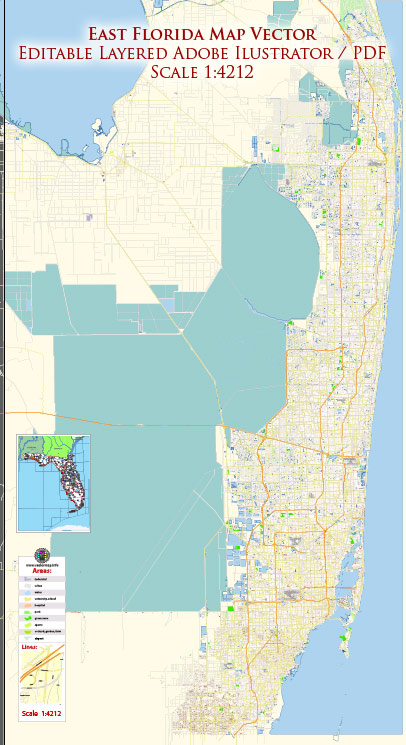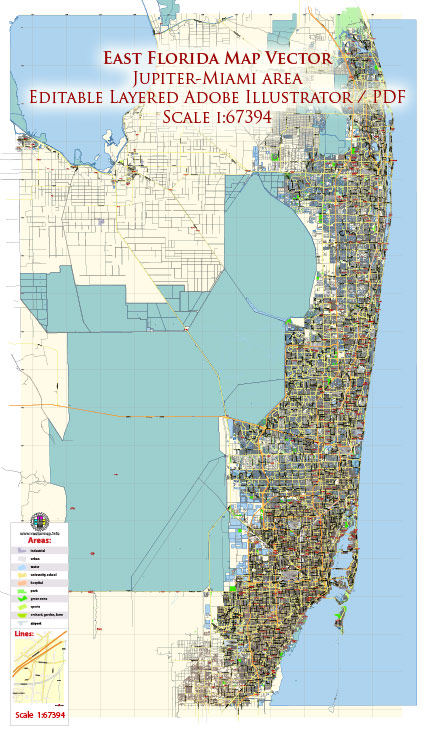Jupiter, Florida, has a rich history of urban development that spans several centuries. The area’s history is closely tied to its geographical features, including the Loxahatchee River and the natural beauty of the surrounding landscape. Here is an overview of Jupiter’s history of urban development:
- Indigenous Inhabitants: Before European settlement, the Jupiter area was home to Native American tribes, including the Jeaga and Jobe tribes. These indigenous people thrived along the banks of the Loxahatchee River, relying on fishing and hunting for sustenance.
- Early European Exploration: The first Europeans to explore the area were Spanish explorers in the 16th century. However, it was not until the 19th century that European settlers began establishing permanent communities.
- Sawmills and Early Industry: In the late 19th century, the area saw the establishment of sawmills, which played a crucial role in the local economy. The timber industry was significant for the development of the region, as the cut lumber was transported down the Loxahatchee River.
- The Celestial Railroad: In the 1880s, a railway called the Celestial Railroad, later known as the Florida East Coast Railway, was extended to the area by Henry Flagler. This railway connection facilitated transportation and contributed to the growth of Jupiter as a transportation hub.
- Incorporation and Growth: Jupiter was officially incorporated in 1925. During this period, the town experienced slow but steady growth, with agriculture, including pineapples and tomatoes, playing a significant role in the local economy.
- Military Presence: During World War II, the U.S. military established several bases in Florida, and Jupiter was no exception. The Jupiter Military Reservation, later renamed Camp Murphy, was used for training purposes. This military presence had a lasting impact on the local community.
- Post-War Boom: Like many other parts of Florida, Jupiter experienced a post-war population boom. This growth was fueled by factors such as the availability of land, the appeal of the climate, and the overall economic prosperity of the United States during the mid-20th century.
- Development of Residential Communities: In the latter half of the 20th century, Jupiter underwent significant residential development. Planned communities, golf courses, and waterfront properties attracted residents and tourists alike.
- Environmental Conservation: With a commitment to preserving its natural beauty, Jupiter has also embraced environmental conservation efforts. The Loxahatchee River and nearby natural areas are protected, contributing to the town’s reputation as a scenic and environmentally conscious community.
- Contemporary Development: In recent decades, Jupiter has continued to grow and evolve. The town has become a popular destination for retirees, families, and tourists, with a mix of residential, commercial, and recreational spaces.
Today, Jupiter, Florida, is known for its coastal charm, cultural amenities, and outdoor activities, making it a desirable place to live and visit. The history of urban development in Jupiter reflects a blend of economic, environmental, and cultural influences that have shaped the town over the years.



 Author: Kirill Shrayber, Ph.D.
Author: Kirill Shrayber, Ph.D.